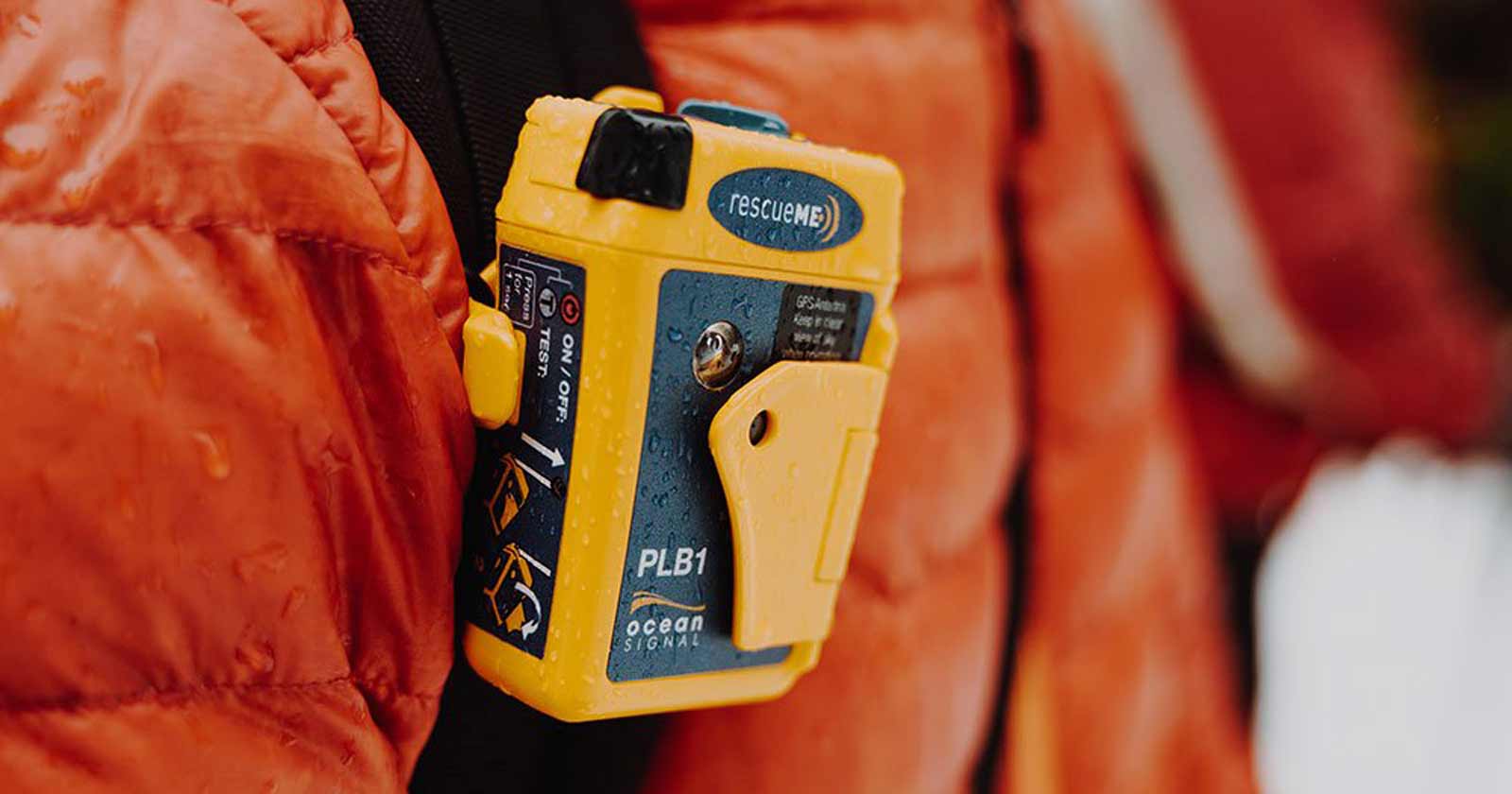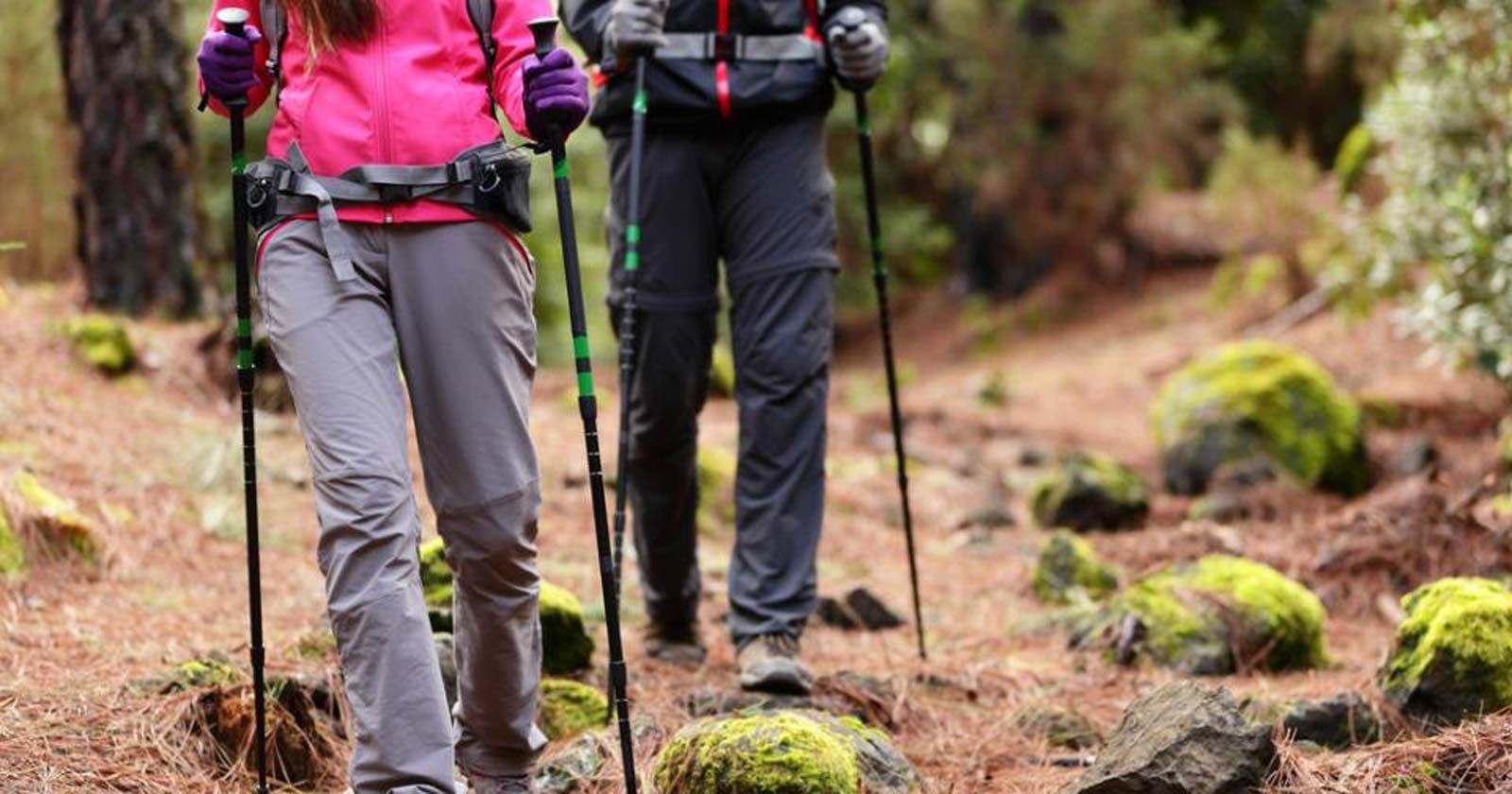Day hiking: A thrilling adventure often underestimated.
While the allure of the great outdoors call countless individuals to hit the trails for a day of exploration, the reality is that many underestimate the potential risks involved. In Australia, search and rescue teams frequently respond to incidents involving day hikers, highlighting the importance of thorough preparation. Unlike overnight backpacking, day hikes are often perceived as less demanding, leading to complacency. This misconception can have serious consequences.
To ensure your safety and maximise enjoyment, it’s crucial to approach every hike with a comprehensive plan, including essential gear and knowledge. This guide will provide a detailed packing list and explain why each item is crucial for a successful day in the wilderness.
Essentials
- Backpack: A comfortable backpack with good support and enough capacity for your gear is fundamental. It allows you to carry all necessary items without straining your back or shoulders.
- Navigation Tools (2): Map, compass, GPS device, or a smartphone with a reliable hiking app. It’s good practice to always have a backup in case one fails or loses signal. Proper navigation tools are vital to avoid getting lost and to help you stay on track.
- Hydration: At least 2 litres of water (more for longer hikes) to stay hydrated. A water filter or purification tablets as a backup ensures you have access to safe drinking water if you need to refill from natural sources.
- Food: High-energy snacks (nuts, energy bars, dried fruit) and a packed lunch (sandwiches, wraps) provide the necessary fuel to maintain your energy levels throughout the hike.
- First Aid Kit: Including adhesive bandages, antiseptic wipes, blister treatment, tweezers, pain relievers, and any personal medications. This kit prepares you for minor injuries and ailments, ensuring you can handle basic medical issues on the trail.
- Multi-tool or Knife: Useful for various unexpected situations, from gear repairs to food preparation, and even first aid.
- Fire Source: Matches, lighter, or firestarter (in a waterproof container) are essential for warmth, cooking, or emergency signals.
- Light Source: A headlamp or flashlight with extra batteries ensures you can see in low-light conditions or if your hike takes longer than expected.
- Sun Protection: Sunscreen (SPF 30 or higher), lip balm with SPF, hat, and sunglasses protect your skin and eyes from harmful UV rays, preventing sunburn and long-term damage.
- Insulation: Extra clothing layers appropriate for the weather (jacket, thermal layer) help you stay warm if temperatures drop, especially if you’re caught out later than planned.
- Shelter: An emergency bivvy, space blanket, or small tarp provides protection in case of unexpected overnight stays or harsh weather conditions.

Emergency Communication
- Personal Locator Beacon (PLB) or Satellite Messenger: A Personal Locator Beacon (PLB) or satellite messenger is a crucial safety device for any hiker, regardless of the hike’s duration or location. In remote areas with no mobile service, these devices can send distress signals to emergency responders. Given the statistics on day hiker rescues, it’s essential to emphasise their importance.
- Phone: Fully charged with a portable charger for communication and navigation, if service is available.
- Whistle or Mirror for Signalling: These can be used to attract attention if you need help.
- Emergency Contact Information: Written details of who to contact in case of an emergency.
- Notebook and Pen: Useful for jotting down important information, directions, or observations.
- Personal Identification: Essential in case of an emergency.

Clothing and Footwear
- Base Layer: Moisture-wicking shirt and underwear to keep you dry and comfortable.
- Insulating Layer: Fleece or down jacket (weather-dependent) for warmth.
- Outer Layer: Waterproof and windproof jacket and pants to protect against rain and wind.
- Hiking Pants or Shorts: Comfortable and durable to withstand the rigours of the trail.
- Socks: Moisture-wicking hiking socks (bring an extra pair) to keep your feet dry and prevent blisters.
- Hat/Beanie and Gloves: For warmth, if needed, especially in cooler weather.
- Sturdy Hiking Boots or Shoes: Appropriate for the terrain to provide support and prevent injuries.
Weather-Specific Gear
- Rain Gear: Waterproof jacket and pants to keep you dry in wet conditions.
- Cold Weather Gear: Insulated layers, hat, gloves, and neck gaiter for added warmth.
- Hot Weather Gear: Lightweight, breathable clothing, extra water, and electrolyte tablets to stay cool and hydrated.

Additional Considerations
- Hiking Poles: Provide stability and reduce the impact on your joints, especially on uneven terrain.
- Gaiters: Keep debris and water out of your boots.
- Insect Repellent: Protects against bites and stings from insects.
- Toilet Paper and Trowel: For Leave No Trace bathroom practices, ensuring you leave the environment as you found it.
- Rubbish Bag: To pack out any waste and keep the trail clean.
- Hand Sanitiser: For hygiene, especially before eating or after using the bathroom.
- Permits: If required for your hike, make sure you have them to avoid fines and support park conservation efforts.
Additional Tips
- Plan Ahead: Check the weather forecast and trail conditions before heading out to ensure you are prepared for any changes.
- Tell Someone: Inform a friend or family member of your hiking plans and expected return time so they can alert authorities if you don’t return as planned.
- Know Your Limits: Choose a trail that matches your fitness and experience level to ensure a safe and enjoyable hike.
- Leave No Trace: Follow Leave No Trace principles to protect the environment and preserve it for future hikers.
By carefully considering this packing list and adapting it to your specific hike, you can increase your chances of having a safe and enjoyable adventure. Remember, the key to a successful hike is preparation, so plan wisely and embrace the great outdoors.
For more detailed hike planning and packing checklists, download my free comprehensive guides here. These resources are designed to help you prepare for any hiking adventure, ensuring you have everything you need for a safe and enjoyable experience.






Darren, where you listed “Toilet paper and towel” did you mean toilet paper and trowel? I can do without a towel for the day but don’t want to dig a hole with my KFS set. I have a trowel on my touring bike for just such a purpose.
Hi Dazza, good pickup, have changed the to TROWEL
Anthony Hippisley
I think soap is important enough to list explicitly.
I’ve left soap off the list on purpose as I’ve seen too many people cleaning themselves in rivers and creeks with total disregard for the environment.